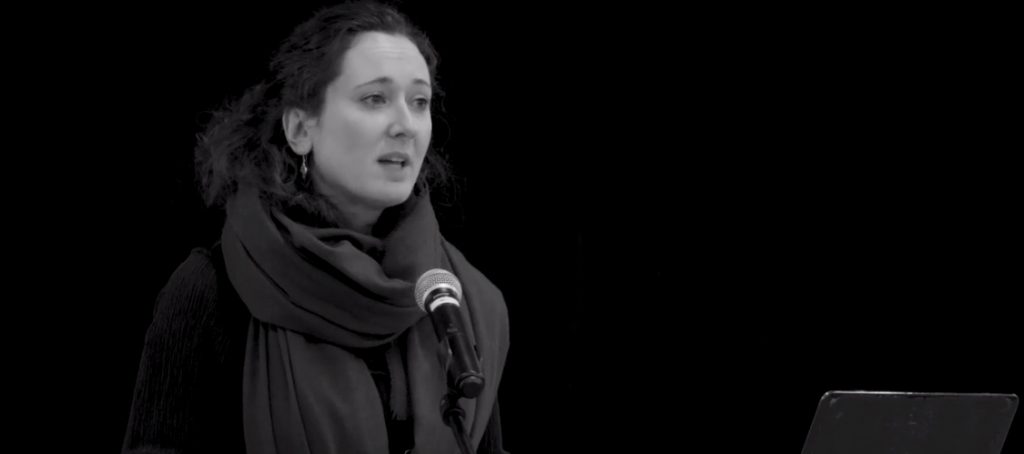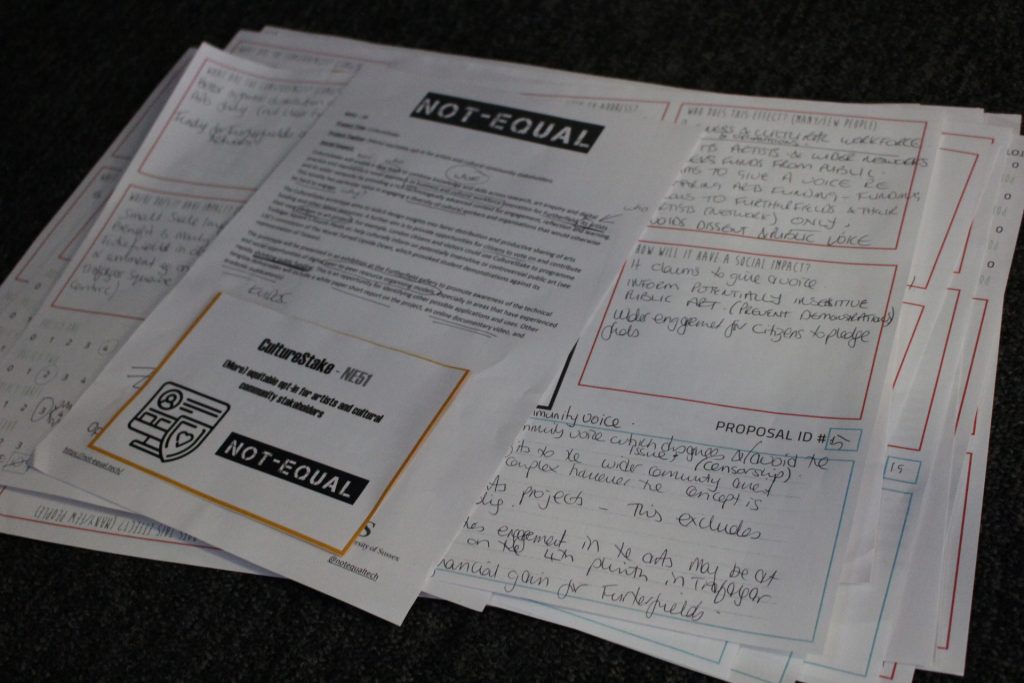Ann Light gives a short summary of Duncan McCann’s talk at the University of Sussex looking at whether platform co-operatives could offer a new alternative model for the platform economy.
Platform co-operatives (coops) use digital networks to manage the day-to-day functions of a service that is owned by everyone providing it.
Duncan McCann of the New Economics Foundation is working with taxi drivers in Brighton to explore the potential to set up a taxi coop in the city and he spoke compellingly to Network+ members for more than an hour on the wider context to this initiative – looking at both the opportunities and the challenges around using the platform coop model.
Platform co-operatives are a social and economic good because they distribute profit back to their members, rather than driving down pay and taking profits out of the area as the major players of the “gig” economy do.
Theoretically, this structure offers an alternative to a future of unfair business practices where smart technologies make increasing profit for a small group from a decreasing workforce.
But coops are intrinsically unattractive for normal avenues of investment as profits go to workers; they promise hardly any return for investors. This makes it is difficult to find funding sufficient to pay for marketing and the other business extras that make these operations viable. Rides pay mostly for driver time and use of car, not overheads or discounts.
Duncan pointed to the deep pockets of global competitors, such as Uber. Uber, he said, has invested heavily in producing a seamless interface linking workers to customers and is able to subsidise entry into new markets with free and below-cost rides. Both contribute to its success and both depend on significant venture capital funding. Coops can lack this service edge.
Part of this gap may be related to business competence. By and large, coop members are expert at running an independent concern (by driving a cab or other freelance activity); they are not versed in corporate responsibilities and they cannot afford extra professional support.
Like many small start-ups, coops may not have strong human resources expertise or the experience to brief developers about technical needs. Luckily, there are more off-the-shelf products appearing to help with these aspects. Nonetheless, coops are prone to problems that do not affect big competitors, who have the budget to keep up with technical changes.
A further challenge, which remains outside the care of platform members, is the winner-takes-all ambitions of the big players. Duncan gave the example of Austin, Texas, where a number of taxi coops flourished in the year that Uber and Lyft were not operating in the town due to disagreements with the municipality. But such a success story was “an existential threat” to the big companies and could not be allowed to persist if their scale of global expansion was to continue. The big companies returned, showering discounts on their potential customers. Now only one coop is left, accounting for about 10% of the market; all the very small outfits went to the wall. These kinds of tactics are not part of platform design, but they are a business reality with impact on long-term potential.
Despite all these obstacles, Duncan pointed to success for platform coops in the care sector. In this market, both underpaid professional carers and those employing them were looking for a better arrangement.
The introduction of worker-owned businesses has led to more flexible services and happier people in all parts of the system, including those being cared for. Duncan noted that dissatisfaction in some part of the market is critical to mounting an alternative to the gig economy. If either customers or workers are unhappy, there is some impetus for change towards a coop model.
Making it harder for cabbies than carers is the fact that many passengers love Uber and the like, so it is only its ethical profile that might provoke a desire for change from passengers. But, in any market, there is only limited interest in the ethics of a company rather than its service. Austin’s 10% is high. Brighton is another city where a number of people select between equal services on other-than-cost grounds, but no business model can run on idealists alone.
The scale of a platform is significant for its viability, both in terms of users and geography. For instance, to compete, a platform-based taxi service needs to have city-wide coverage. This too can carry hidden challenges. Duncan told us about the new Transport for London policy of charging £2.5M for a licence to operate at that scale across the capital.
“They may not have meant to, but they have now locked in Uber” he said. No one can afford to experiment or offer competition at this cost. Continuing on this theme of size, he suggested that a promising model is federation, where smaller platforms aggregate and share some services, while keeping a local membership. This gives the benefits of scale without some of the drawbacks.
Asked about environmental issues, Duncan agreed that there are tensions in promoting taxi firms at a time when many vehicles are still burning fossil fuels. The big companies are known to be eating into public transport revenues by taking away passengers. Taxi coops may support better access for all, but this comes at a cost if it increases the number of polluting journeys instead of helping people find other ways to move around.
More generally, can universities help make coops an alternative to big business? On both the design and business side, there is potential to partner to supply advice and research. Duncan left with a promise from University of Sussex’ Business School to look over Brighton taxi coop’s business plans.



